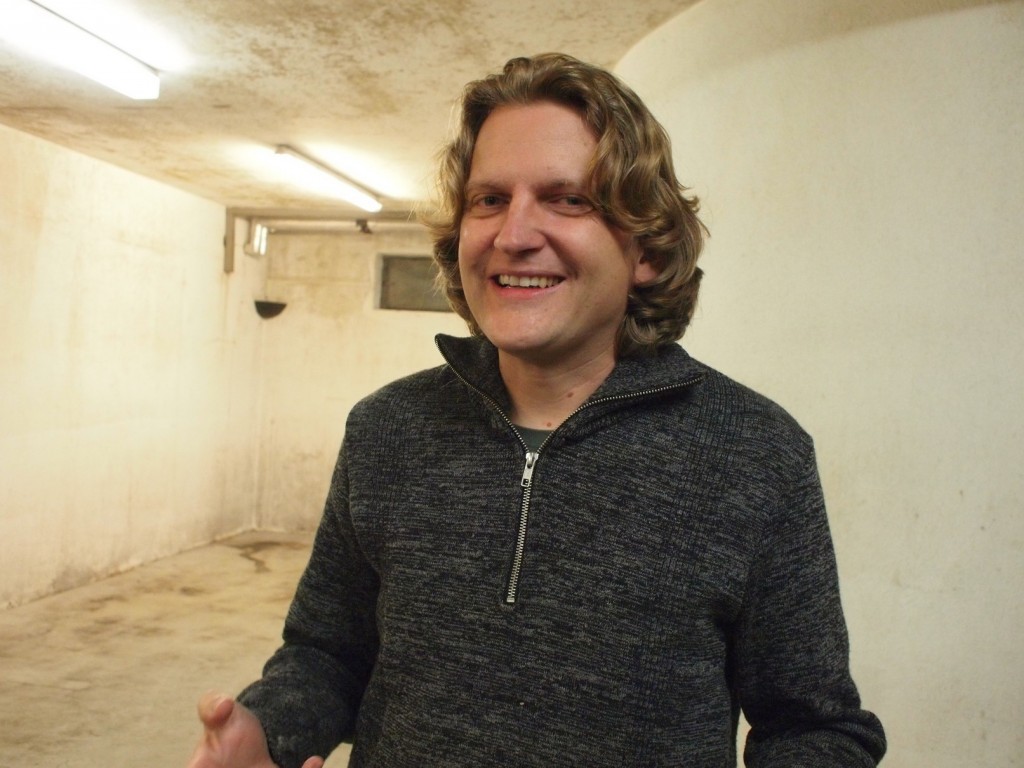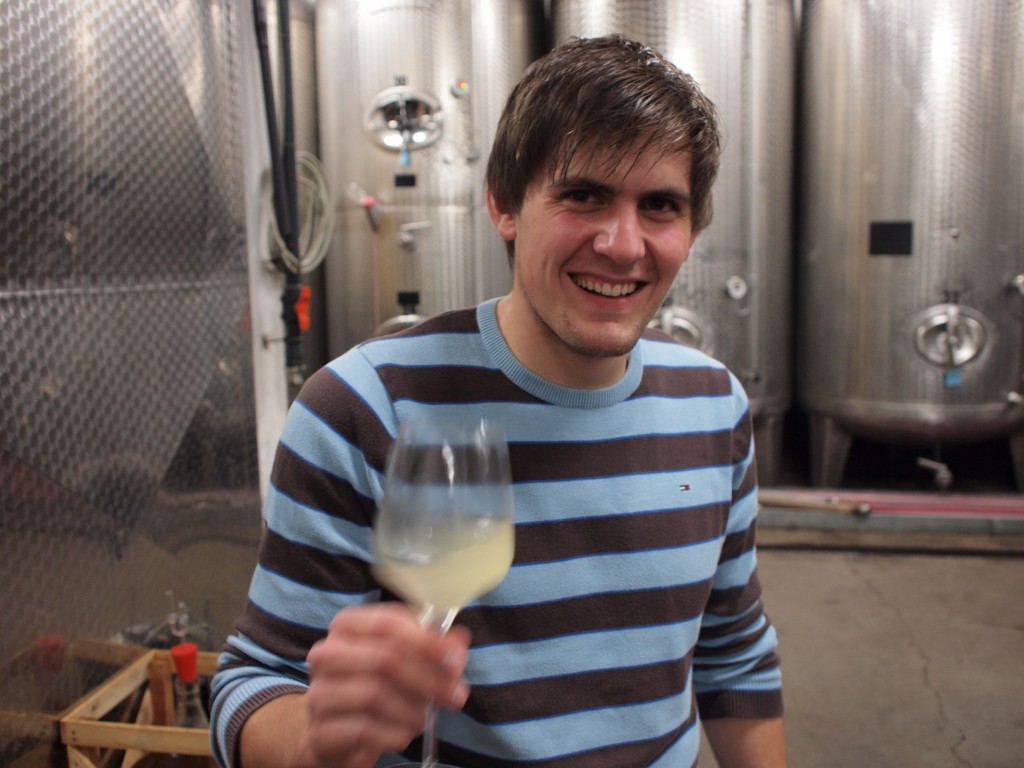
This morning I’m seriously KO after the exertion of organizing yesterday evening’s tasting of dry Rieslings from the Rheinhessen region of Germany at Trestle on Tenth (thank you guys for the great support!) But when I think about talented young winegrowers in the region like 21 year old Tobias Knewitz of the Knewitz estate in Appenheim then it was all worth it. They are the future and for them yesterday’s result was excellent, even if we couldn’t show wines from all of them (because they’re simply too large in number!)
We will have to wait a day or two for the statistical analysis to provide us the detail, but what was absolutely clear was how everyone was at least surprised and some tasters were astonished by the quality of the 2011 dry Rieslings from Rheinhessen. Personal favorites varied greatly, some tasters going for the sleeker more racy wines, while others prefered the more opulent and textural wines.
The Zalto wine glasses we used (many thanks to Aldo Sohm for getting us such a huge number of them) were new to many participants and there was some comment about how such “light” dry whites (most of the wines had 13% to 13.5% natural alcohol and a couple were even higher!) not only didn’t get lost in such big bowls, but really blossomed in them. Mature wines like the 2005 Morstein GG from Philipp Wittmann of the Wittmann estate in Westhofen and the 2002 Kirchspiel GG from Klaus-Peter Keller of the Keller estate in Flörsheim-Dalsheim served with dinner after the blind tasting removed any doubts about the wines aging potential.
Sadly we couldn’t accommodate everyone who wanted to come for reasons of space and I have a problem with the image resizing software on my computer, so I can’t post my own photographs of the evening yet. However, I can give you the back story to the tasting as supplied to all the participants. Here it is:
WELCOME TO THE DREAM FACTORY
Why Rheinhessen? As the stats for sales in German supermarkets show, during the last few years the position of Germany’s largest winegrowing region on the domestic market improved with astonishing rapidity. In fact, everything from the quality of the wines to the sociological context within which they’re produced and consumed turned inside out. On several occasions I’ve described this as the transformation from the faded Golden October of Liebfraumilch to the Dream Factory of dry white wines. Though this is certainly true, my formulation ignores the fact that many young German wine consumers are utterly unaware of the region’s cheap ‘n’ sweet past. For them there is only the cool, creative New Rheinhessen!
Exactly what and where is Rheinhessen? With around 26,500 hectares of vineyards planted with a wide range of red and white grape varieties the region is more than three times the size of the Mosel, eight and a half times the size of the Rheingau and way more diverse than either. It is often referred to in Germany as being Hügelland or hill country, though several areas are of it are far more dramatic than those words suggest. Rheinhesen is easy to find on the map of Germany, because X marks the spot, the X being formed by the intersection of the A61 and A63 freeways at Alzey in the heart of Rheinhessen southwest of Frankfurt. Proximity to the Frankfurt conurbation and the region’s easy accessibility from there certainly accelerated change in the region. This is the point at which a wine region’s story is normally told in a series of “logical” steps – climate, geology, history, grape varieties, etc. – but the thing you really need to grasp about the new Rheinhessen is who the region now is. Nowhere else in Germany have the Jungwinzer, or young winegrowers, had such an enormous influence. Of course, young winegrowers have been around as long as wine growing and can be found everywhere that wine is grown, but at the turn of the century a radical new type emerged in Germany and the word took on an entirely new meaning.
This is best explained by contrasting them with their parents, particularly on the level of group behavior. Before the Jungwinzer appeared on the scene Rheinhessen winegrowers usually viewed each other with suspicion, envy and even mistrust. For this reason they generally kept themselves to themselves, so that colleagues often had no idea what was going on in the neighboring wine cellar just a few yards away. Paradoxically their wines frequently met in huge tanks where they were blended to create cheap generic wines in which all individuality of aroma and flavor was lost in collective anonymity.
For the Jungwinzer it goes without saying that winemaking is a creative profession with possibilities which go far beyond anything their parents dreamt of. For them it goes without saying that grasping those possibilities requires only the right ideas, and the free exchange of knowledge, experience and ideas with colleagues is the fastest way of reaching their goal. Their creed is that we are stronger than I can ever be, this is openness makes us all more successful.
Two Rhienhessen Jungwinzer, Klaus-Peter Keller of the Keller estate in Flörsheim-Dalsheim and Philipp Wittmann of the Wittmann estate in Westhofen, were several years ahead of the main pack. Already a decade ago Keller and Wittmann proved conclusively that if you knew what you were doing in the vineyard, i.e. dropped yields and did a lot of precise canopy management by hand, then “no name” locations in Rheinhessen can give wines that garner the highest praise and sell for healthy prices. This pulled many of their Jungwinzer colleagues on to a steep learning curve, and they in turn have pulled a yet younger generation like Jens Bettenheimer of the eponymous estate in Ingelheim pictured below on to that same upward curve after them.
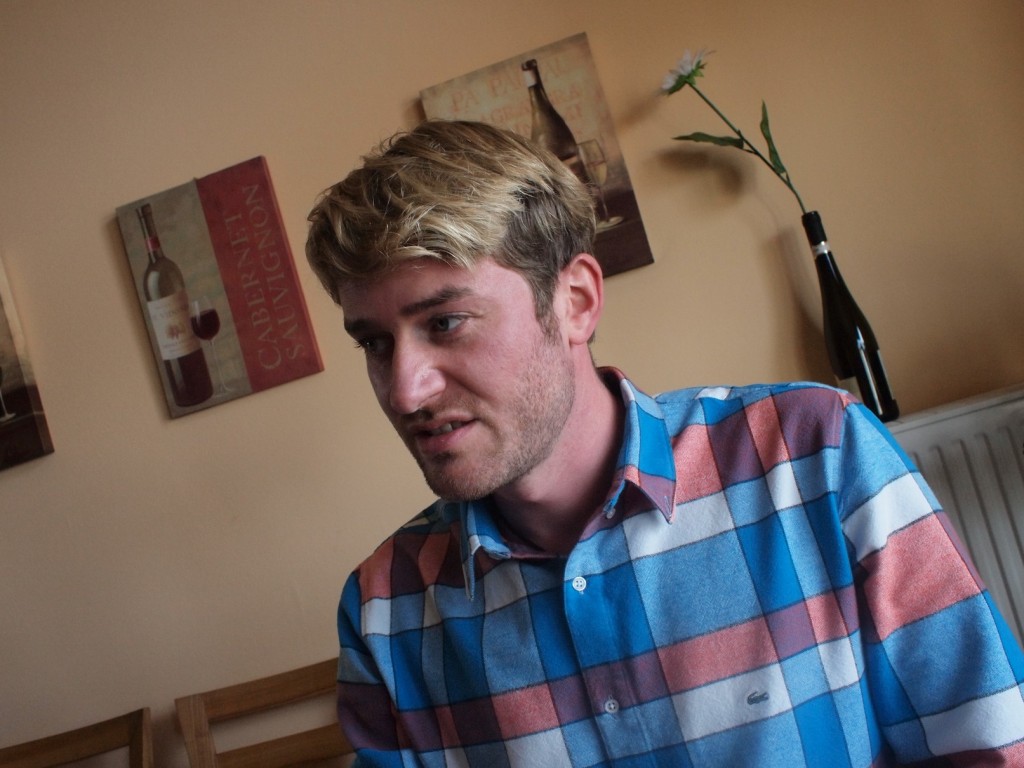
From the beginning they were sure that this all needed to be celebrated. In spring 2002 Keller, Wittmann and more than a dozen of their Jungwinzer friends who regularly tasted together formed a group called Message in a Bottle. By the third Wein in den Mai, or wine into May, wine party staged by Message in a Bottle on the night of April 31st to May 1st 2004 the group had generated an extraordinary buzz in spite of almost zero marketing budget and shaky organization. That night came the moment I finally realized what was happening in the region. It was about 1:30 am when I left the dance floor and it hit me: for the Jungwinzer wine is part of pop culture! This attitude, no less than the leap in wine quality, was generating the buzz and continues to generate it.
That might sound like a smart marketing concept, but nearly all the promotion of the region (except that undertaken by the highly professional Rheinhessenwein regional promotion body) is guerilla marketing. And for the current 20 plus generation of Rheinhessen Jungwinzer it remains that way. They don’t hesitate before trying things which haven’t been done before like making Sauvignon Blanc-style dry whites from the Scheurebe grape, or doing things which haven’t been done for several generations like making high-end dry Rieslings in forgotten Dittelsheim and Siefersheim. Pop music offered a metaphor for innovation and reinterpretation, but where these were successful a careful analysis of what vine genetics, geology, climate, vineyard and cellar techniques make possible was also there. I think it’s fair to say that the rise of the New Rheinhessen is more about the practical application of wine science, than cool design or sharp PR.
Several people have told me that Generation Riesling was my invention, but when I first said those words I was repeating something I’d heard. For me they express the fact that parallel to the new generation of German winemakers there’s also a new generation of German wine drinkers, and they’re in almost complete agreement with the Jungwinzer that Riesling Rules. The Riesling Spirit of the new generation of wine drinkers is one of openness for the new, even when it is applied to wines light years removed from Riesling’s flavor profile. That might sound like a recipe for one stupid wine fashion after another, but it’s not. These new, predominantly young consumers are what Roger Cohen of the New York Times calls Flexi-Germans and are well aware of their role as co-producers, eagerly participating in the creative process. The wines of the New Rheinhessen, are the result of this conversation between consumers and Jungwinzer.
Riesling in the New Rheinhessen
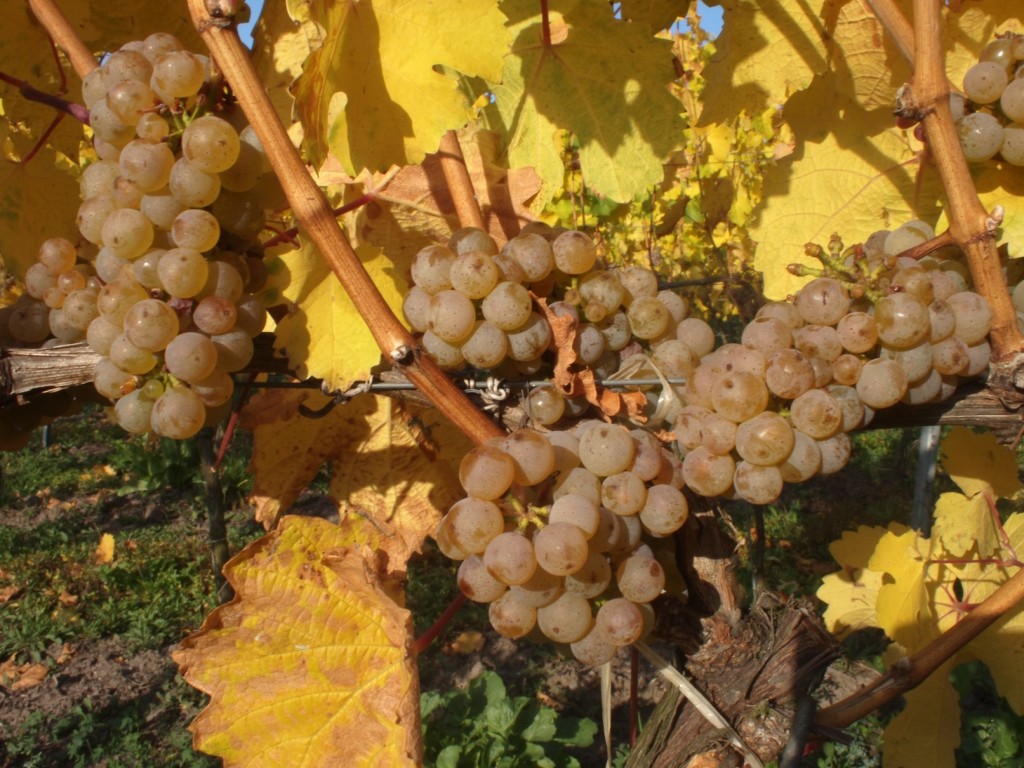
When I first tasted Riesling wines from Rheinhessen back in the 1980s those from the Rheinfront, the slopes along the left bank of the Rhine at the eastern edge of the region centered on Nierstein and Nackenheim, seemed to form a category of their own in the positive sense. Like many others, I jumped to the assumption that the regions hill country had much heavier and more fertile soils than the Rotliegendes or “red slate” of Nierstein and Nackenheim (actually a type of sandstone), and therefore were ideal for growing sugar beat, but couldn’t produce exciting Rieslings. Thanks to the wines of the Rheinhessen Jungwinzer I now know that this is plain wrong.
They discovered that although a large part of Rheinhessen is covered in fertile loess (which can also give pleasantly fruity dry Rieslings) there’s a great diversity of other soil types ranging from sedimentary limestone to quartzitic slate and volcanic porphyry. That “red slate” isn’t limited to Nierstein and Nackenheim either, but is also be found in several other places in the region. Then there’s the effect of differing vineyard altitudes, from around 50 meters to just over 280 meters above sea level. That alone results in average temperatures differing by almost 2.5° Fahrenheit over the year (the higher the altitude the cooler it is), to which must be added the effect of varying wind exposure. The Jungwinzer proved that Rheinhessen has many excellent Riesling terroirs.
Thanks to the rather warm, dry climate and the resulting high grape ripeness the wines are rather full-bodied with moderate acidity levels, for which reason dry wines are the focus of interest for the Jungwinzer, (although some of the windy high altitude sites are good for the “classic” sweet style wines). In the new climatic situation created by global warming, of which Germany has been one of the main beneficiaries, alcohol levels for dry Rheinhessen Rieslings range from 11 – 11.5% for the simpler quality wines picked at more generous crop-levels up to 13 – 13.5% or slightly more for the late-picked wines from low-yielding vineyards in the top sites.
The last years saw the development of an unofficial classification system for Riesling as well as dry wines from other grape varieties: regular Gutsweine (“Estate Riesling”) which only give the names of the producer and the grape variety on the label; more sophisticated Ortsweine (“Village Wines”) which additionally bear the name of the commune in whose vineyards the wine grew; high-end Lagenweine (“Grand Crus”) single-vineyard wines with the name of the Lage, or site, declared. (Those from members of the VDP are also designated Große Gewächs). This system may look like a new-fangled imitation of Burgundy, but a century ago this was very much how the wines of Rheinhessen were marketed.
Winemaking techniques have also changed, incorporating many ideas from before the advent of modern cellar technology. After desteming the grapes for the new high-end dry Rieslings they undergo a Maischestandzeit or period of skin contact lasting between 4 and 48 hours. This extracts aromas, minerals and phenolic substances (tannins) from the skins and definitely makes for bigger wines. Fermentation is often Spontangärung with “wild” or ambient yeast, and after slow fermentation comes extended Hefekontakt or sur-lie ageing. The creaminess this leads to integrates the acidity and tannins, leading to a bolder and richer wine than that associated with the region in recent decades. The result is wines with considerable power and ageing potential that are often still a little closed/reductive at one year of age. You need to be a little bit patient of you want to get the kind of extraordinary terroir experience which wines like the Heerkretz GG of Daniel Wagner of the Wagner-Stempel estate in Siefersheim – pictured below with a geological map of his remote and beautiful area of Rheinhessen – have to offer, but it’s worth the wait !
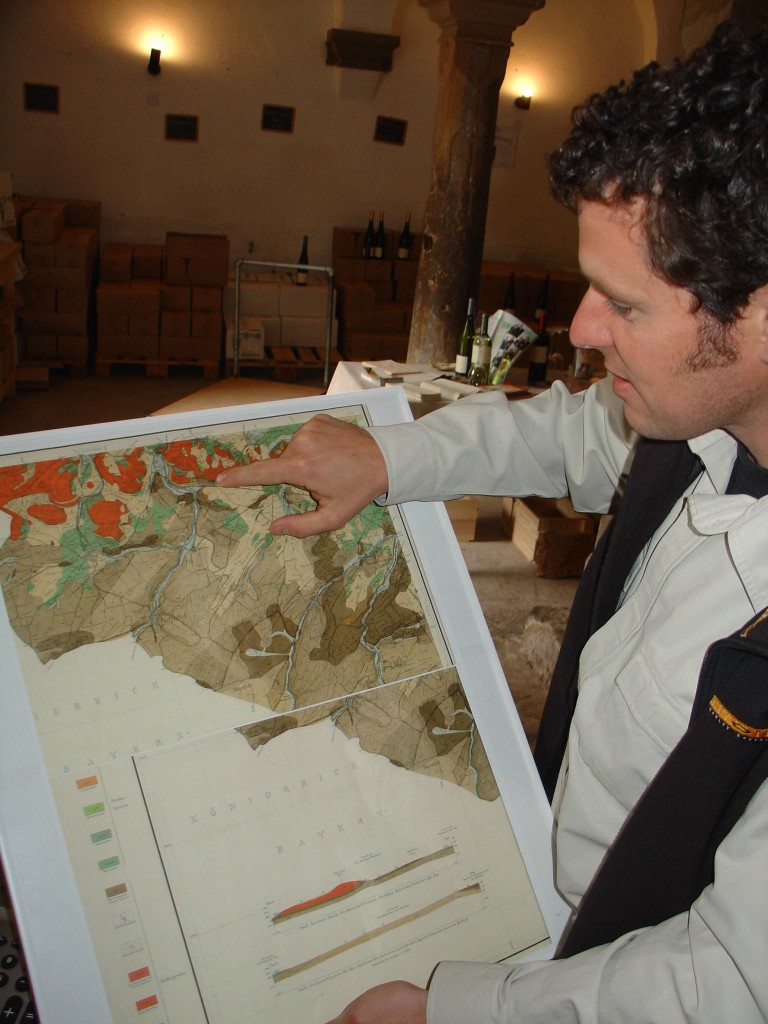
The New Rheinhessen strictly by numbers
In 1990 Riesling made up just 7.3% of the vineyard area of Rhinhessen, since when it has more than doubled to 14.9% or 3,952 hectares. That is less than the area planted with Riesling in the Mosel or the Pfalz, but far ahead of the Rheingau. Parallel to this the vineyard areas devoted to the Pinot family of grapes grew enormously during the same period. Weissburgunder (Pinot Blanc) is up from 137 to 1,008 hectares or 3.8%, Grauburgunder (Pinot Gris) from 331 to 1,228 hectares or 4.6% and Spätburgunder (Pinot Noir) from 420 to 1,387 hectares or 5.2%. Of the traditional mainstay grape varieties of the region Silvaner lost a little ground, falling from 3,488 to 2,451 hectares or 9.3% while the red Portugieser crept up from 1,371 to 1,530 hectares or 5.8% during the same period. All the Neuzüchtungen or new grape varieties lost ground since 1990, many of them dramatically; they’re heyday is long since passed. Look back to 1905 and the region was just 14.052 hectares in size. The dominant grape variety was then Silvaner with fully 64.1%, followed by Riesling with 15.6% of the vineyard area, remarkably close to today’s figure.
![120114_riesling_global_RZ [1600x1200]](http://www.stuartpigott.de/wp-content/uploads/2012/11/120114_riesling_global_RZ-1600x12004.jpg)

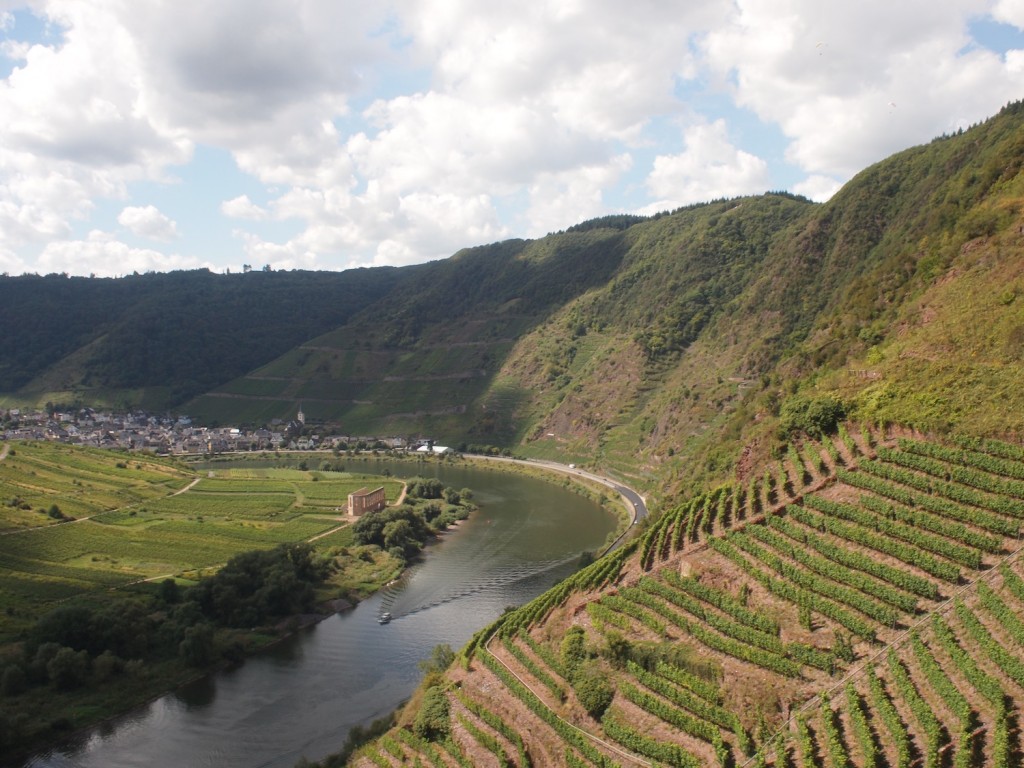
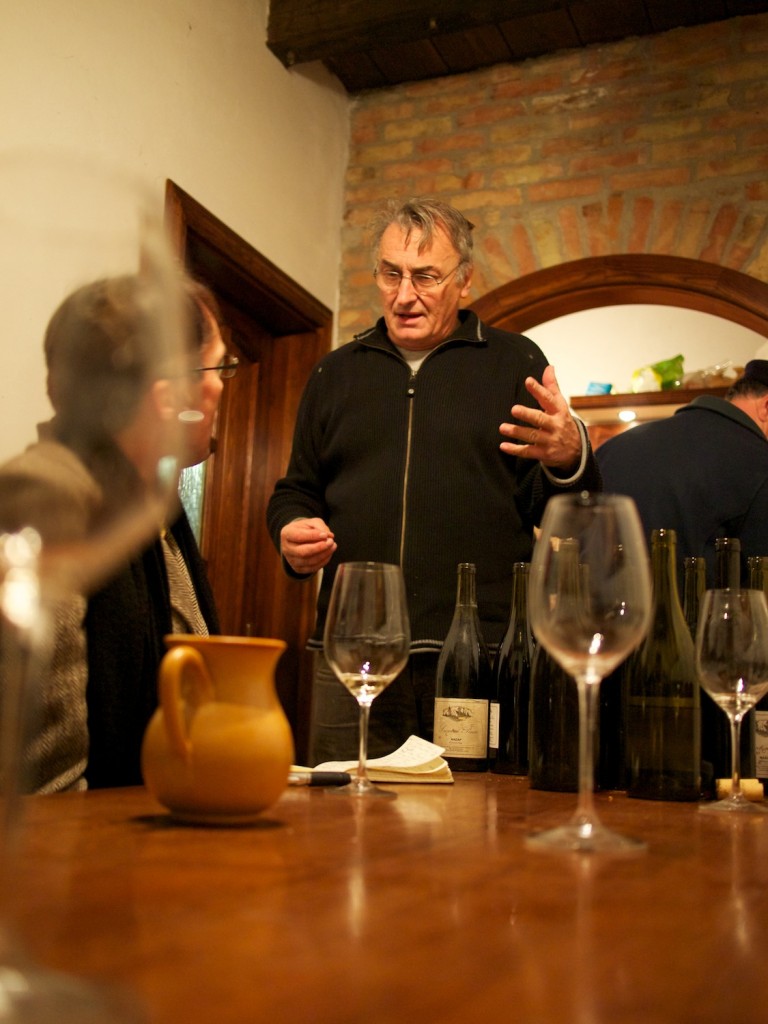
![120114_riesling_global_RZ [1600x1200]](http://www.stuartpigott.de/wp-content/uploads/2012/12/120114_riesling_global_RZ-1600x12002.jpg)
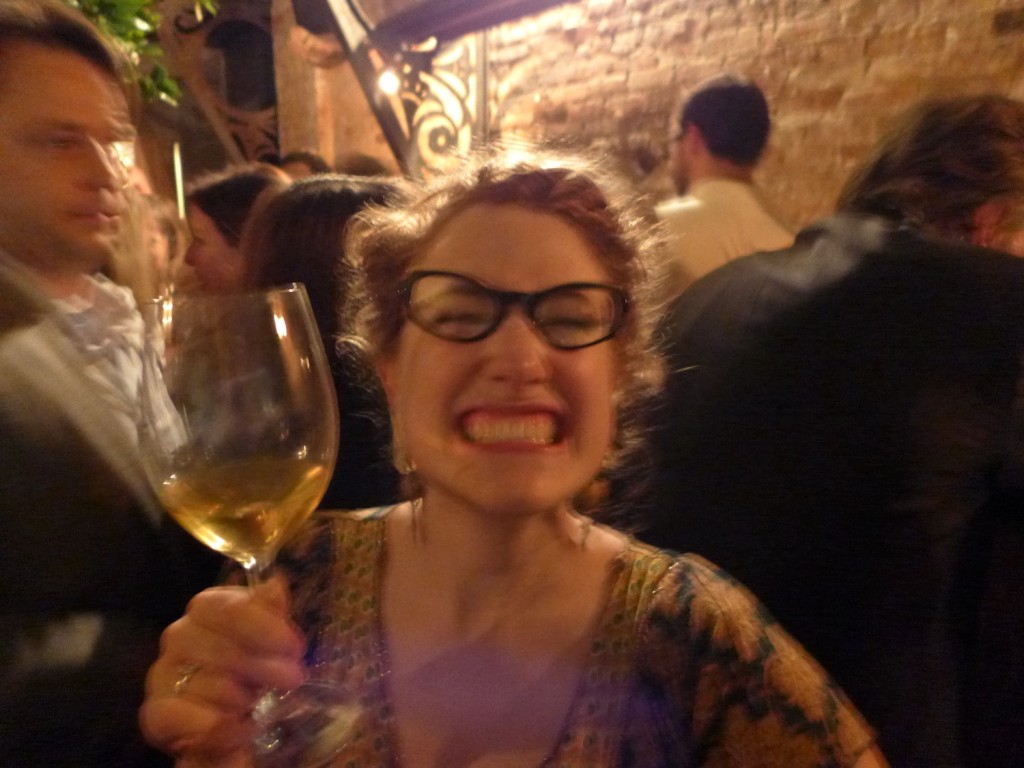
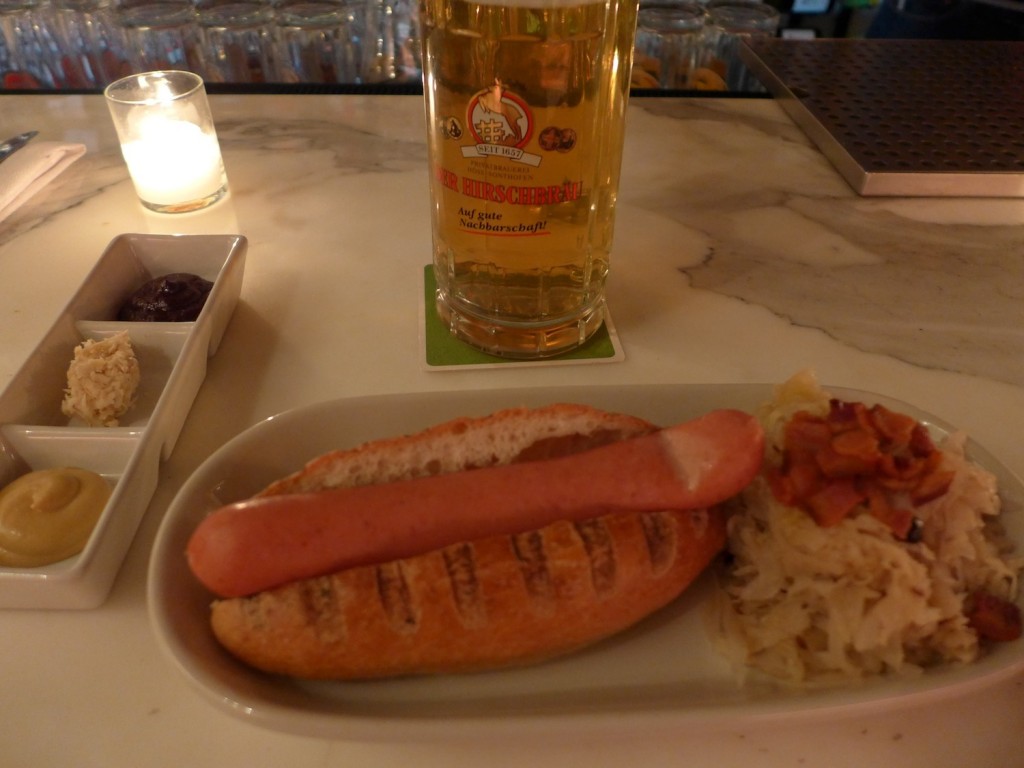
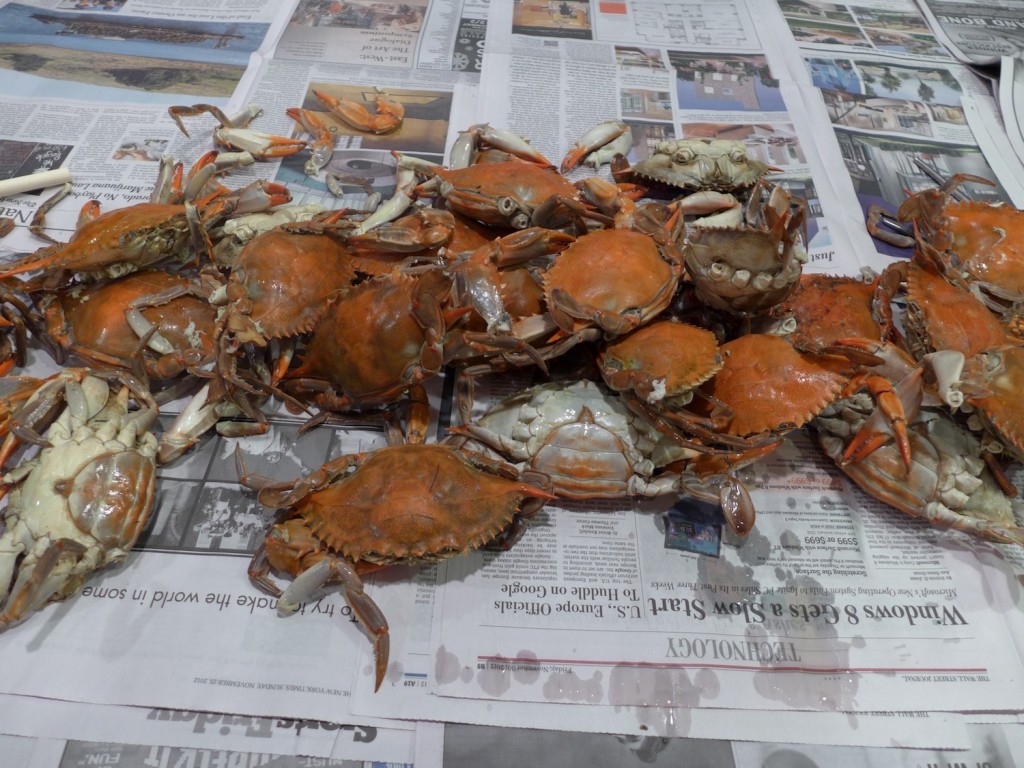
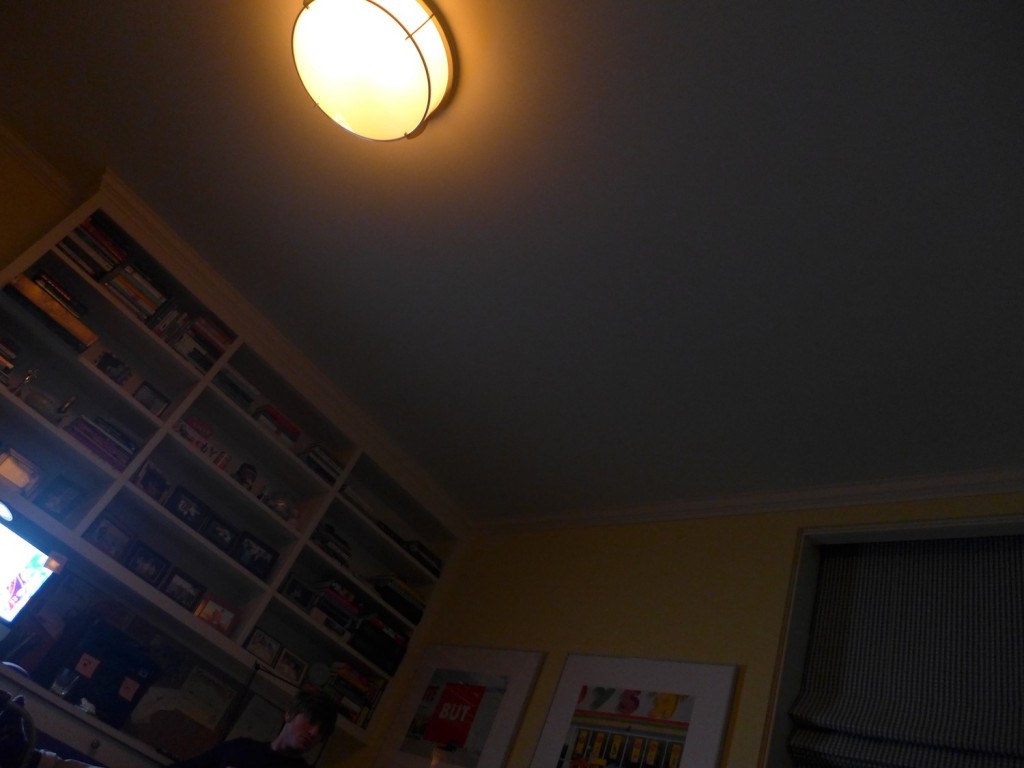
![120114_riesling_global_RZ [1600x1200]](http://www.stuartpigott.de/wp-content/uploads/2012/12/120114_riesling_global_RZ-1600x12003.jpg)
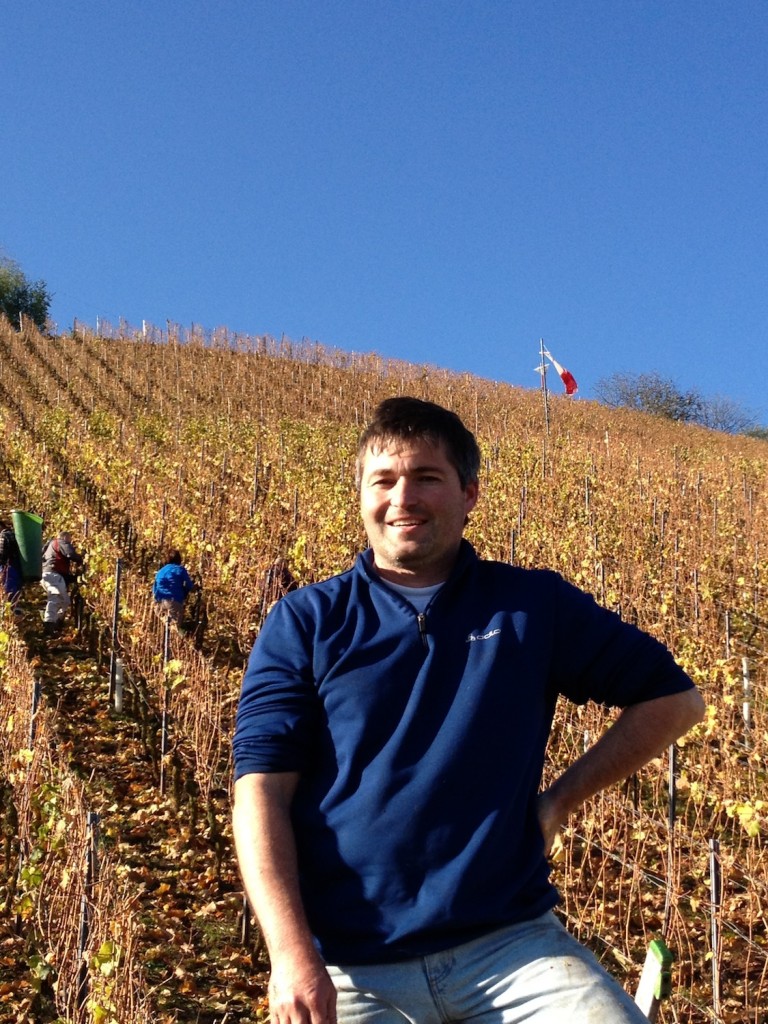
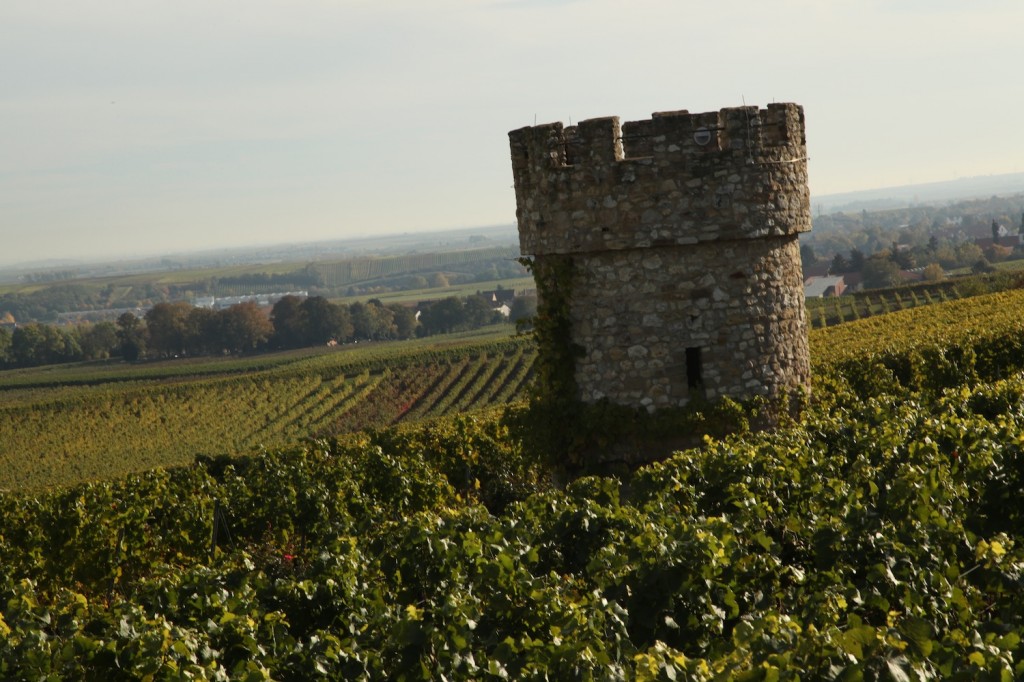
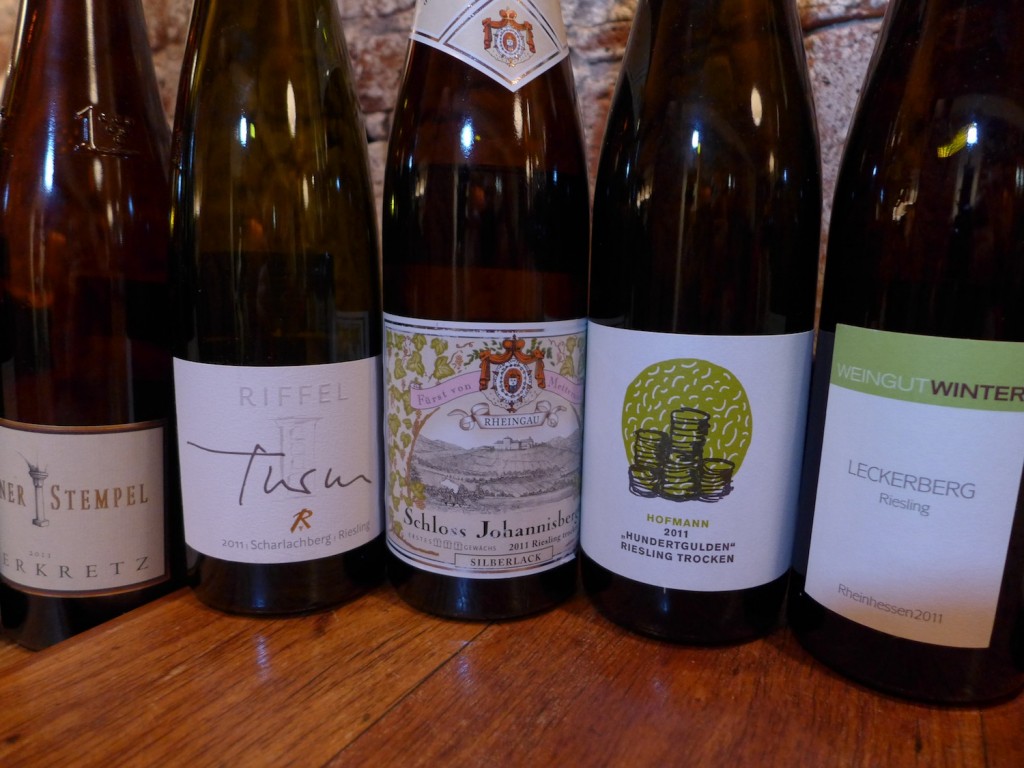
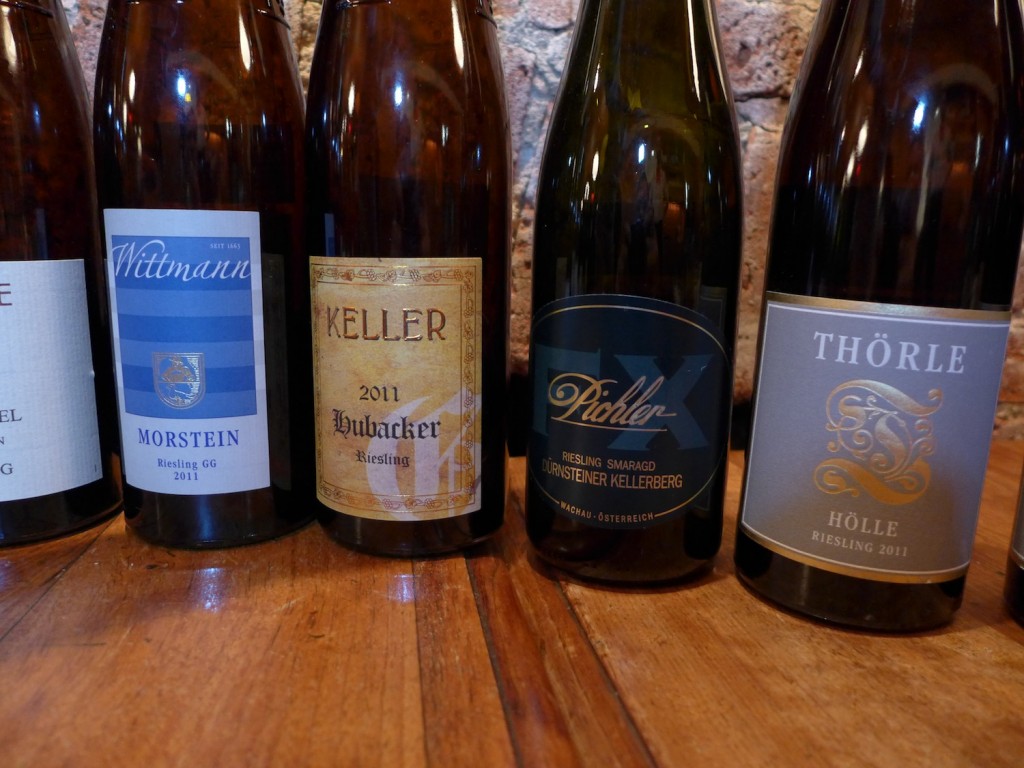
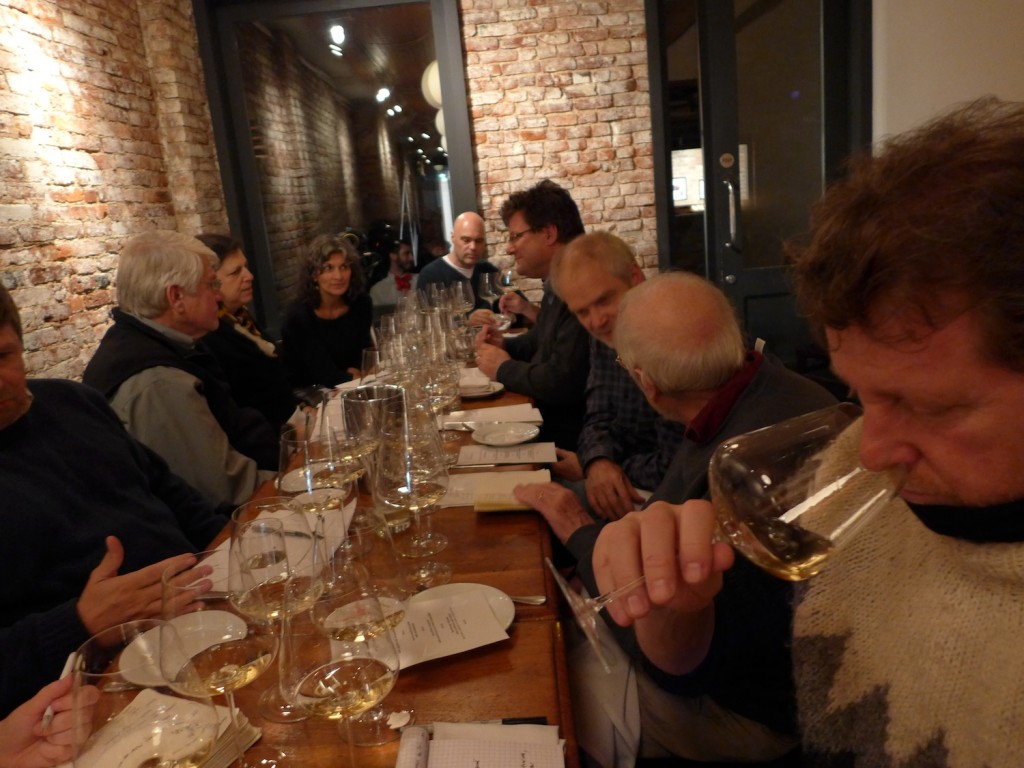

![120114_riesling_global_RZ [1600x1200]](http://www.stuartpigott.de/wp-content/uploads/2012/12/120114_riesling_global_RZ-1600x1200.jpg)
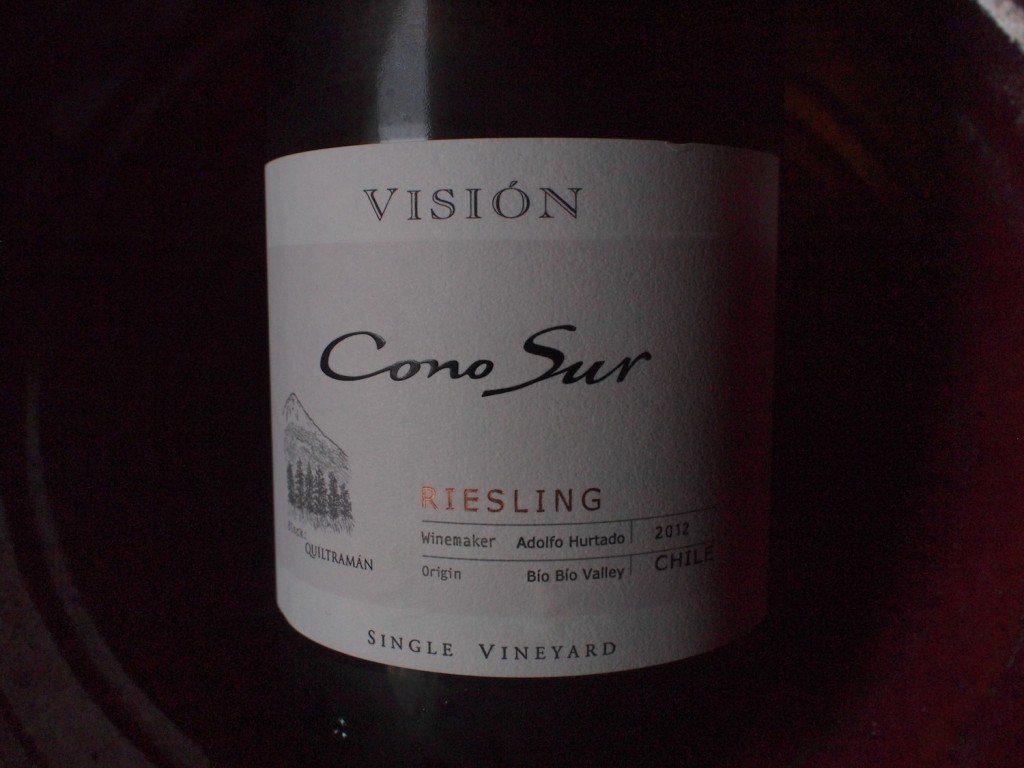
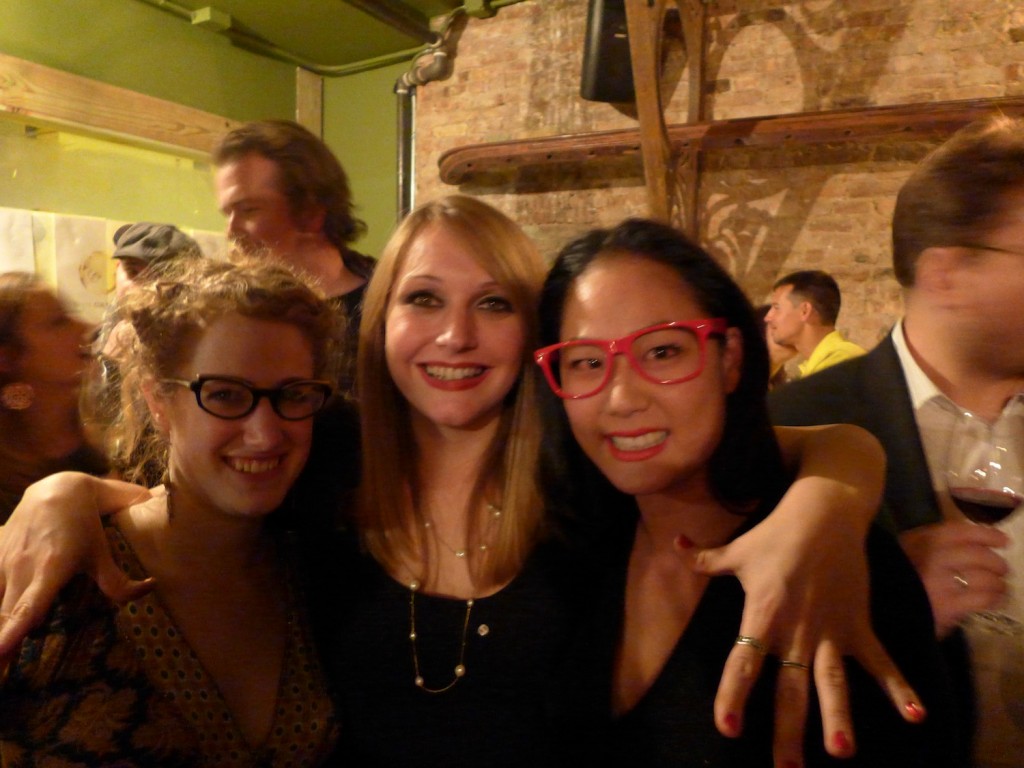
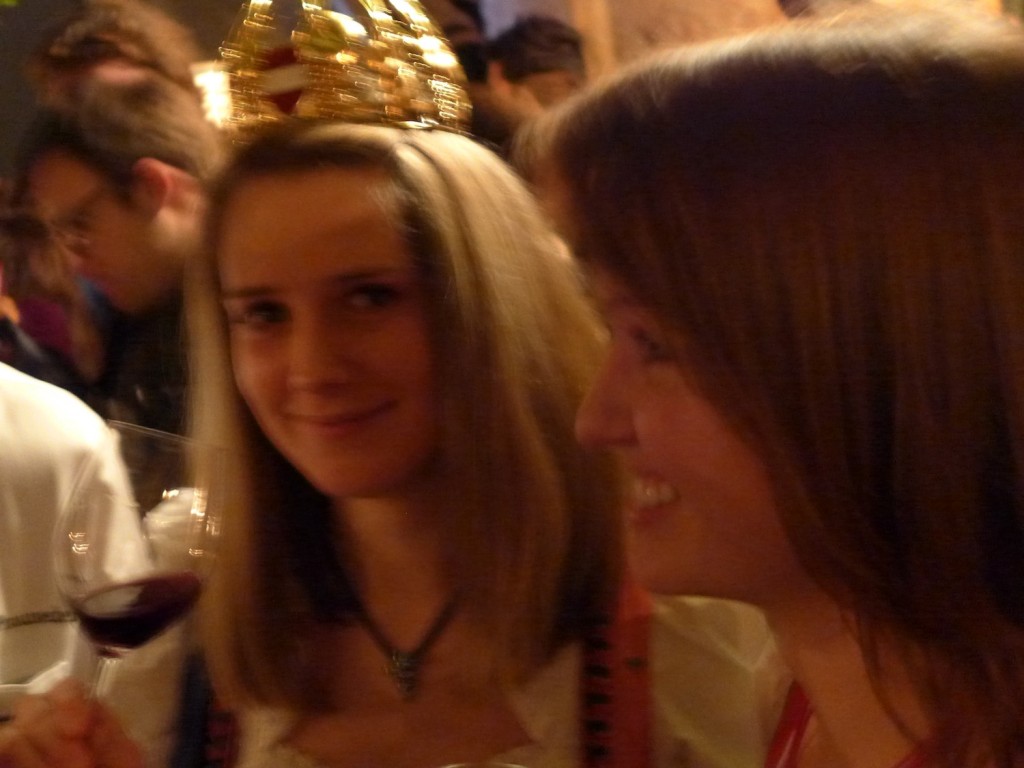
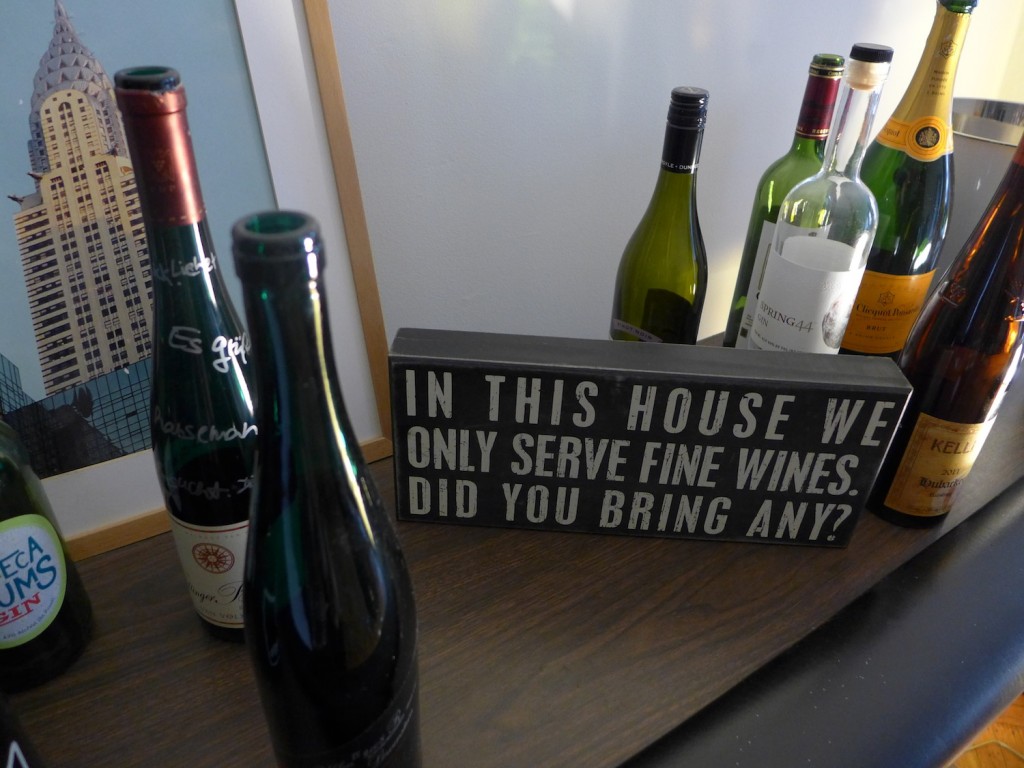
![120114_riesling_global_RZ [1600x1200]](http://www.stuartpigott.de/wp-content/uploads/2012/11/120114_riesling_global_RZ-1600x12005.jpg)




![120114_riesling_global_RZ [1600x1200]](http://www.stuartpigott.de/wp-content/uploads/2012/11/120114_riesling_global_RZ-1600x12004.jpg)
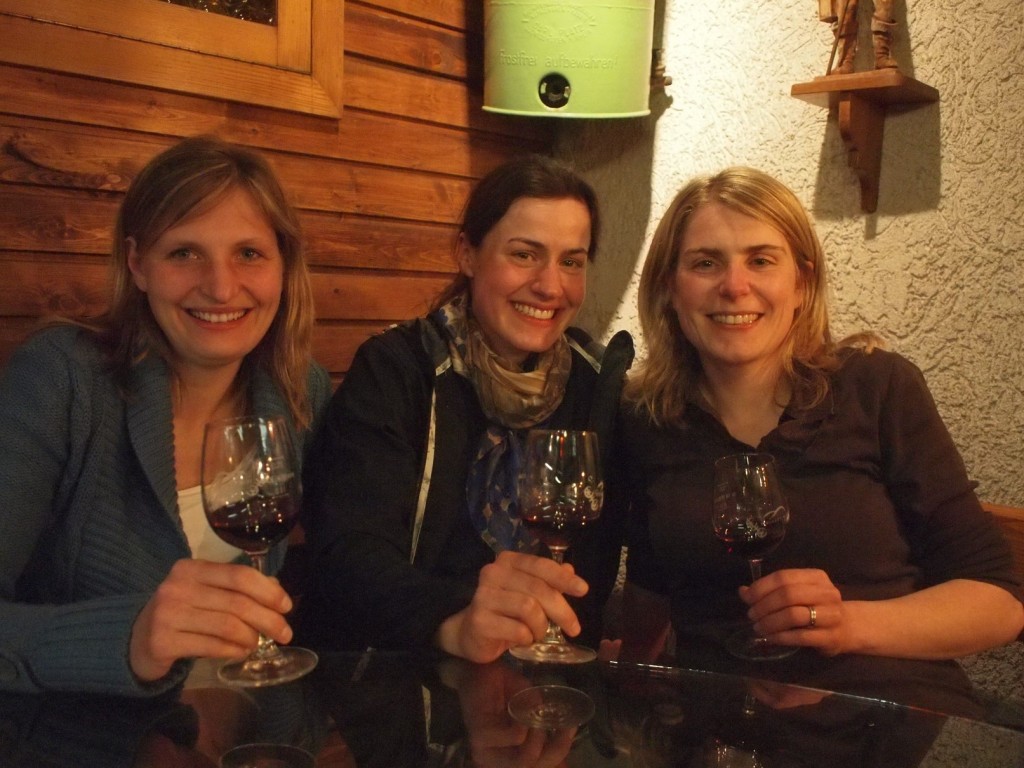
![120114_riesling_global_RZ [1600x1200]](http://www.stuartpigott.de/wp-content/uploads/2012/11/120114_riesling_global_RZ-1600x12003.jpg)
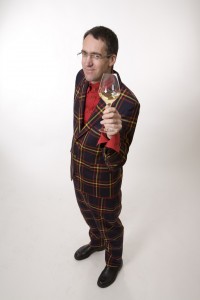
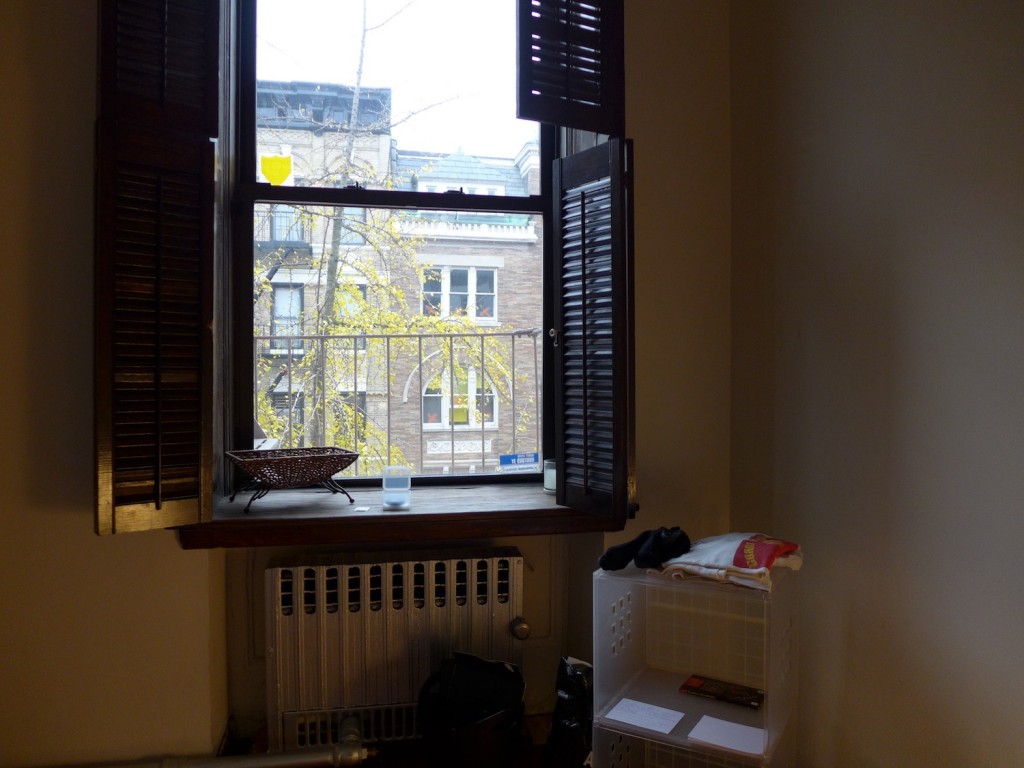
![120114_riesling_global_RZ [1600x1200]](http://www.stuartpigott.de/wp-content/uploads/2012/11/120114_riesling_global_RZ-1600x12002.jpg)
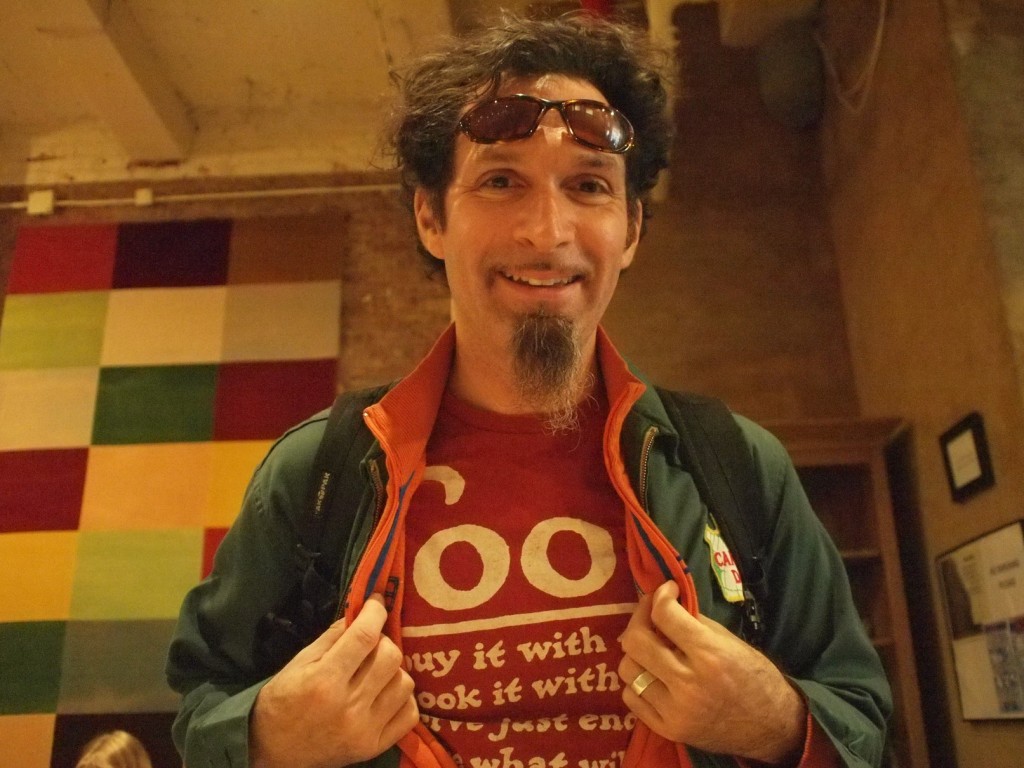
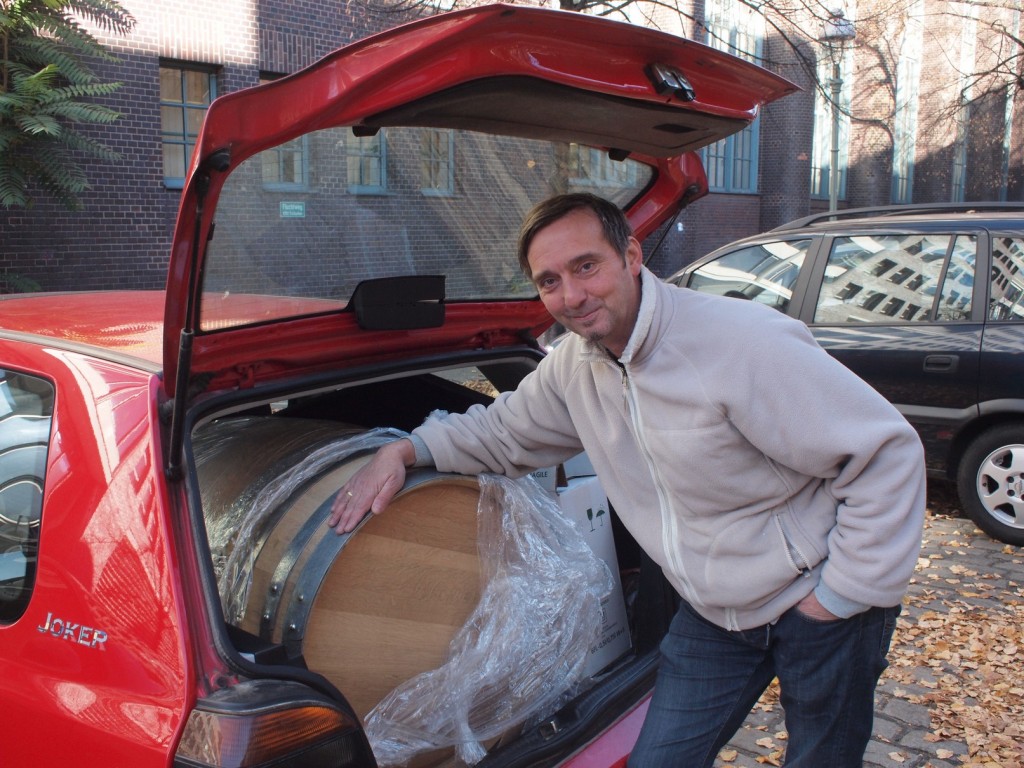
![120114_riesling_global_RZ [1600x1200]](http://www.stuartpigott.de/wp-content/uploads/2012/11/120114_riesling_global_RZ-1600x12001.jpg)

